It would be an exaggeration to say that Great Russell Street is empty in the summer daylight of 8.55am. Commuters are walking in earnest towards offices, and the branch of the major American coffee franchise, directly opposite the entrance gate, has its lights on.
But there is something else remarkable about the British Museum at this relatively early hour. And that is the absence of people. Or at least the absence of the many people who will gather outside a little later in the day and form a line that snakes around the courtyard.
We are people too. But we are a smaller group, of twelve. And there’s a reason we’re here, 65 minutes before the doors of Sir Robert Smirke’s neoclassical marvel are set to be unlocked. We go “behind the scenes” of London’s most important cultural landmark.
We haven’t gotten far yet. From just around the corner, by the way – where The Montague on the Gardens is an almost equally grand proposition; a classic London townhouse hotel, all afternoon tea, live jazz performances and Bloomsbury finesse.
But as of last month, it’s also a guide – or at least the organizer of ‘Conflict and Conservation’, a tour that takes those keen to pay for the privilege of entry to the British Museum outside the standard schedule.
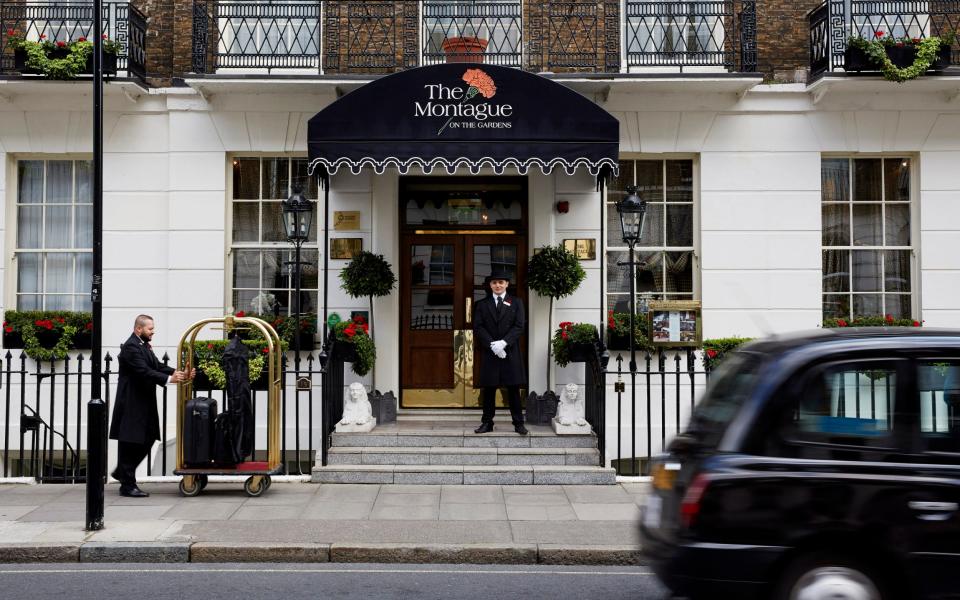
The irony is that ‘privileged access’ does not mean entering the museum between the eight epic Corinthian columns of the main facade. Instead, we turn right and enter through one of the staff doors. In one fell swoop, the architectural splendor of the exterior is exchanged for something more scratched and pragmatic; service corridors and storage areas.
But the inner canals of the British Museum are no less fascinating for their various scuffs. Guide Matt Harrison explains that these bowels of the structure served as air raid shelters for the institution’s legions of staff during World War II.
And as we wander further in, we pass facilities and features invisible to the public. There, on the right, is the Hirayama Studio – a specialized area for the repair and restoration of works of art from Southeast Asia. My attention is also drawn to a locked door, to which is attached the poignant admonition: “Egypt: No unauthorized entry.”
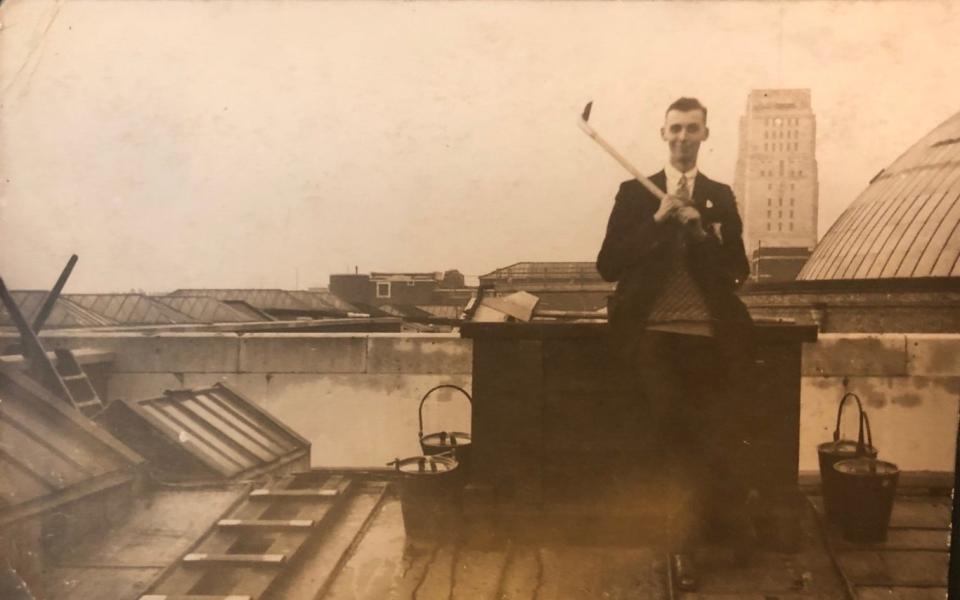

It’s only when my over-enthusiastic gaze follows the rest of the message – ‘Mummy Tins, Turath Scarves, Soft-Toy Anubis’ – that I realize it’s just a stock room for the gift shop.
The tour isn’t cheap – £950 for groups of up to 12 people; an amount that you may consider all the more expensive when you consider that basic admission to the museum is free. And it would be of terrible value if a cupboard of souvenirs were the limit of excitement. But after climbing two flights of an internal staircase, we excitingly arrive at the Enlightenment Gallery. Exciting? Why yes.
There’s an element of Harry Potter at Hogwarts, or perhaps the secret passages at the corner of Cluedo boards (remove according to your preferred generational reference point) about entering this legendary area through a hidden door.
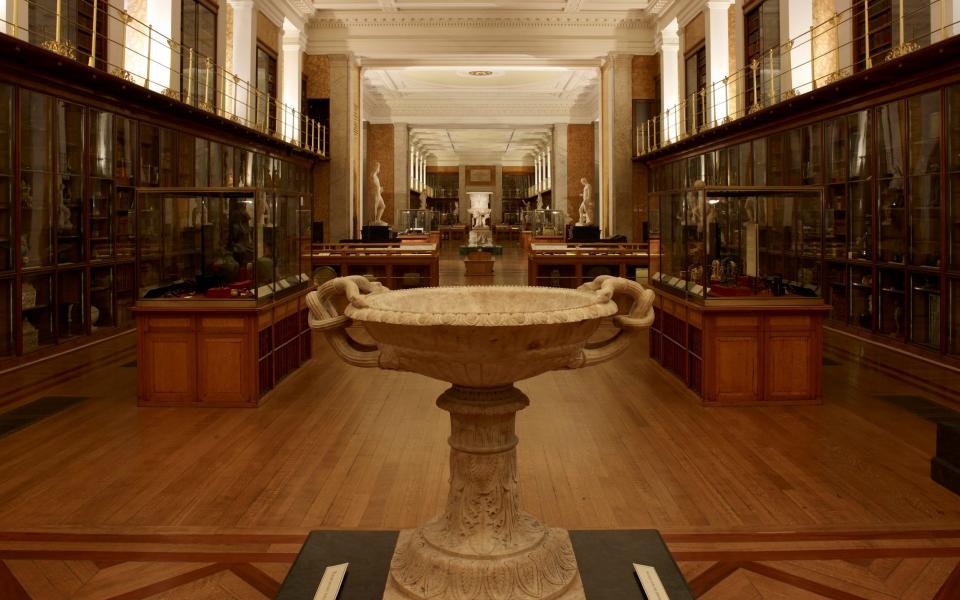

Disguised as part of the bookcase, it disappears almost as soon as it is locked again. As we leave the gallery a few minutes later, I struggle to spot it, unidentifiable except for the keyhole.
A more obvious delight is that the tour makes time for the Gallery of Illumination when it is otherwise deserted. A normal visit involves politely waiting your turn to look at Sloane’s astrolabe – or the second-century Piranesi vase plucked from Hadrian’s ruined villa at Tivoli. Here, at 9:20 am, the view is unobstructed – and polished by silence.
Of course, there’s more to the tour than the thrill of exploring a famous popular attraction with little other than your own impressions in close company. As its name – as well as Harrison’s allusion to air raid shelters – makes clear, ‘Conflict and Conservation’ focuses on a period in the British Museum’s own history that is rarely mentioned amid the ancient artefacts and priceless exhibits: The War – and his dangerous position therein.
Few parts of London escaped German bombardment, and Bloomsbury was no different. The evening of May 10-11, 1941, at the end of the Blitz, was particularly damaging for the British Museum.
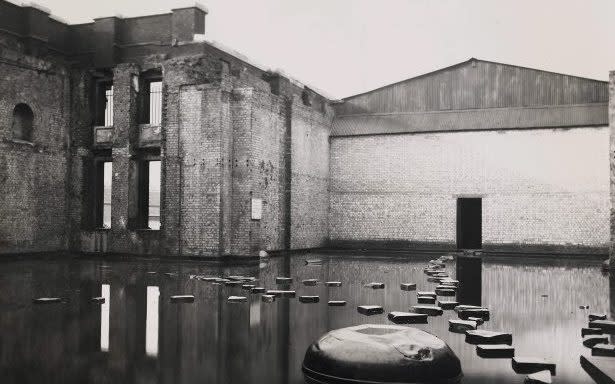

As we wander among the Roman wonders (not least the remarkable bust of Augustus with painted eyes, found at Meroe in Sudan in 1910), Harrison shows us a photo of room 70 after that night of hell – the roof is disappeared, the floor is slippery with water.
By that late point in the Luftwaffe’s attack, most of the museum’s important treasures were safely stored underground – although at least 200,000 irreplaceable manuscripts and medieval texts were lost to fire and flood.
Another perspective is that the institution avoided the worst attacks. One rumor, Harrison adds, is that Hitler had plans for the Senate House – the Art Deco behemoth a block north of the museum – as his potential headquarters in conquered Britain, and that as a result Bloomsbury became less suffered.
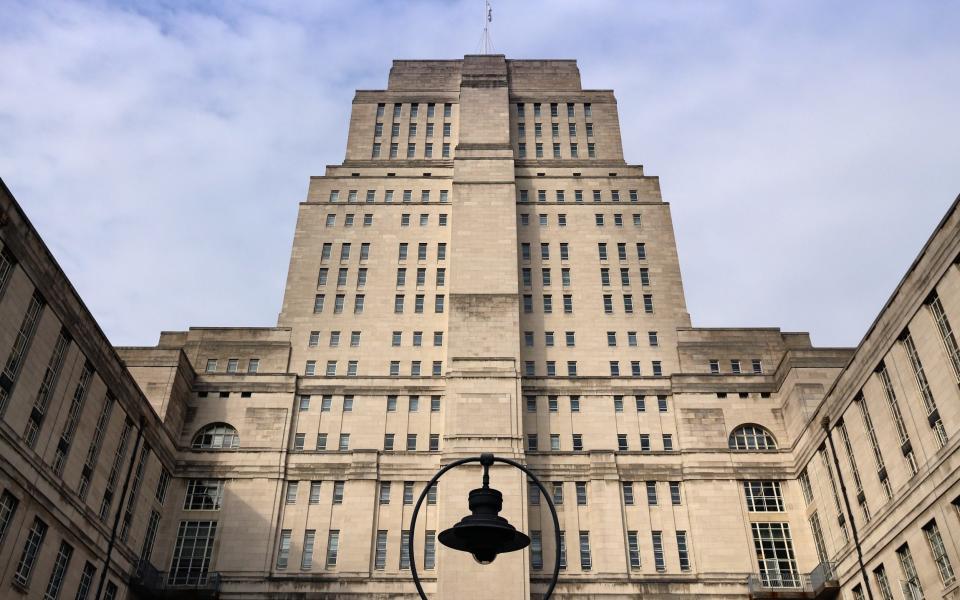

Whatever the truth of this, time itself will not be conquered. We are in room 37 when a beautiful 16th century carillon bell rings the 10am arrival.
Almost immediately, the espresso machine in the adjacent café begins to hum, and a low rumble sounds from the floors below as the crowd files inside. Within minutes the silence evaporates – but the joyful rarity of this special experience stays with me well into the afternoon.
How to do that
The British Museum’s ‘Conflict and Conservation’ tour costs £950, for up to 12 people (from £79 pp; montaguehotel.com/experiences/conflict-and-conservation-tour). Guests must stay at The Montague on the Gardens. Double rooms start at £276.